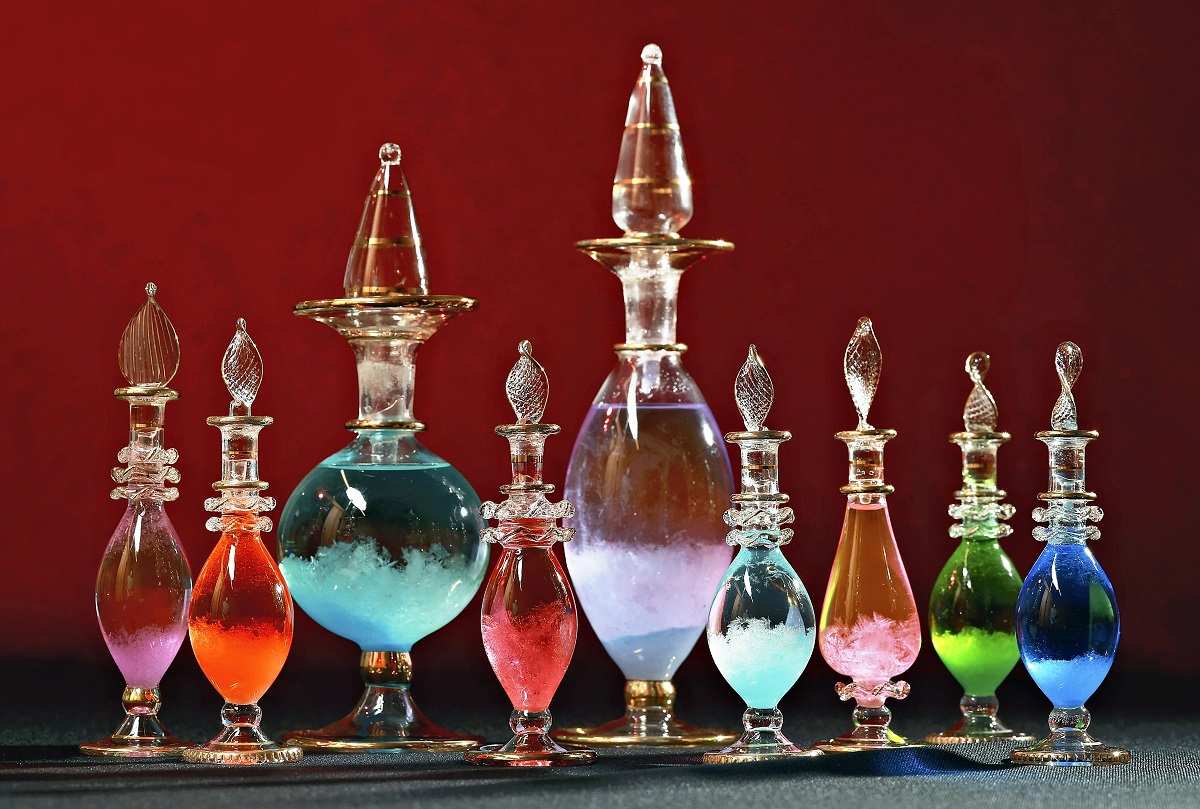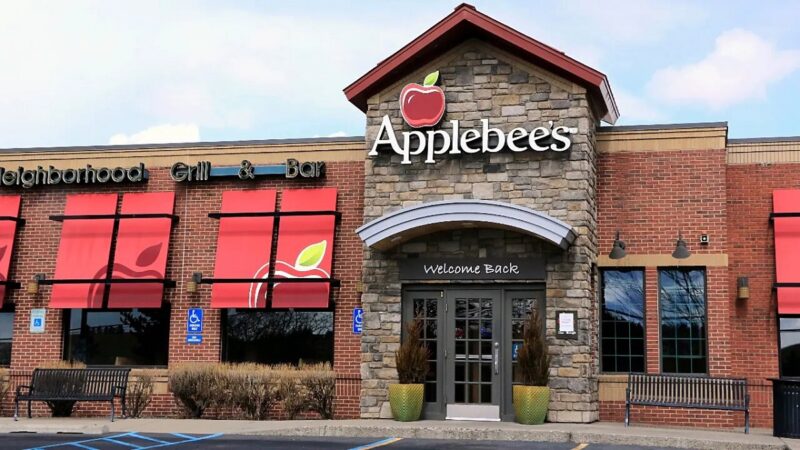Guide to Coloured Glass Production in 2023

The glass that has been Coloured Glass Production is not unusual. In fact, we see it nearly everywhere, including on beer bottles, the windows of skyscrapers, in churches, and in numerous other locations. Nobody questions how it is truly manufactured since we are so used to seeing it. Do you not find the concept of how we achieve such colors inside the glass to be interesting? How does a glassblower manage to make a bottle that is vivid green and a window that is easy to see through?
You most likely have a tonne of questions regarding this topic, but don’t worry, we’ll get to all of them.
Several ingredients that impact:
A glazier must add several ingredients that impact the shaping process of the glass to achieve distinct colors. Adding something like copper or gold to a piece of glass may actually make it look a lot more appealing than when it is clear. It is without a doubt one of the most stunning aspects of this transparent solid.
It has been demonstrated numerous times how much of an impact the color of a bottle can have on people. Assume you see a typical clear bottle of orange juice and have no strong desire to buy or drink it. However, if you see the same orange juice inside a red or orange bottle, you will be interested in purchasing this product in a matter of seconds.
History of colored glass:
In today’s world, we can make glass in any color we desire. It is simple to tint your home’s glasses red, purple, or green, or to tint your windows green. However, this was not the case a few centuries ago.
Ancient civilizations such as Egypt and Mesopotamia left hundreds of remnants constructed of colored glass, however, we believe that the shade diversity in these relics was not done on purpose. People in ancient times had no knowledge of how to change the color of their skin.
It is clear that colored glass was only discovered by mistake and at total random. People soon discovered that quenching produces distinct results when materials are mixed. A few decades later, Musa Jabir ibn Hayyan was a master in tinting windows to varied shades and kept his own recipe book. He is frequently referred to as the Father of Chemistry by historians and chemists, and he fully merits the title.
The idea of making a piece of class:
People became captivated by the idea of making a piece of class in a different color after discovering it. Trying to make little bottles and ornaments in various colors. Soon after, Christian churches began to request such windows, which is why stained windows are so frequent within churches. It became a custom that is still going on today.
However, glaziers during the period had a difficult time retaining the color they had achieved. Glaziers soon discovered that adding gold might extend the life of the red areas of the glass, which inspired them to experiment with additional materials such as uranium, lead, copper, and others.
Color Palette of colored glass:
Today’s glaziers are experts in using color to create bottles, windows, and other glass-related objects. Cadmium must be added if you want the yellow to be the brightest it can be and if you want it to linger as long as possible. You would need gold to purchase something red. The crimson never fades because of the gold. A glazier would often add cobalt oxide to glass to help create violet or blue hues by enhancing the contrast. Using manganese dioxide, a deep purple tint is produced. Chromium oxide is required to produce vivid green. Visit mineralmilling.com if you’re seeking any of these substances or minerals to get the ideal shade.
There are various other colors on the palette, but we don’t need to go into depth regarding the materials utilized throughout the manufacturing process.
Manufacturing procedure:
We will discuss the production process to give you an idea of how glaziers create Coloured Glass Production.
Glaziers in today’s world initially require a large amount of sand and cullet. Cullet is glass that has been broken down and can be reused or recycled. These two materials are then placed in a furnace capable of reaching temperatures of over 1000 degrees Celsius. If you want the product to be as high-quality and clear as possible, you must make sure the furnace is hot enough.
When exposed to such high temperatures, the sand and cullet begin to entwine and mix once they reach their melting points. Sand and cullet swiftly transform into a flaming, red liquid in such a hot furnace that it may resemble lava.
Shapes are formed by blowing:
These days, since shapes are formed by blowing, it is relatively simple to create shapes like a bottle or a jar. By blowing hot air into the heated liquid mixture of sand and cullet, a bubble can be readily made. This bubble can be shaped into a bottle, jar, or something similar.
The liquid is exposed to nitrogen while under high pressure to get a clean and polished surface.
Most window makers like to employ calcium oxide and alumina to make them a little more water-resistant. When it rains, you don’t want water coming in through your windows, do you?
After the product has reached its final form and has undergone the majority of chemical additives, it is annealed. Annealing is the process of gradually cooling heated items after they have achieved the desired shape. We get a significantly more durable and dependable product through annealing.
Coloured Glass Production may go through additional procedures, such as lamination, surface treatment, or coating, based on the final product, to increase its strength and durability or to give it color.



